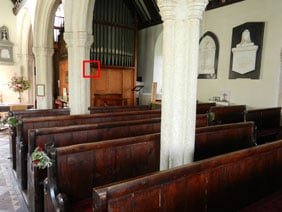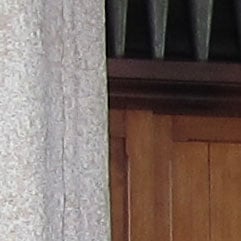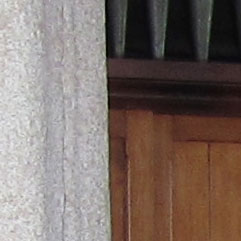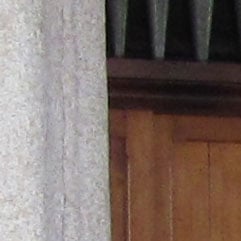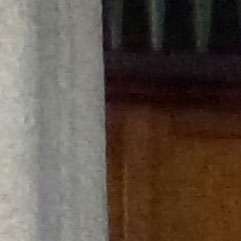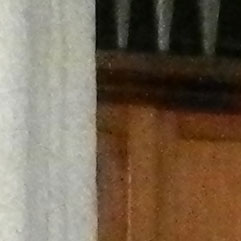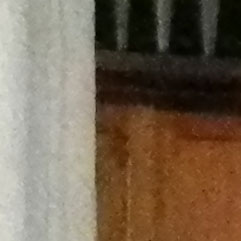Nikon COOLPIX S9100
-
-
Written by Gordon Laing
Quality
Nikon COOLPIX S9100 vs Canon PowerShot SX230 HS vs Panasonic Lumix TZ20 / ZS10 Resolution
|
Nikon COOLPIX S9100 |
Canon PowerShot SX230 HS |
Panasonic Lumix TZ20 | ||
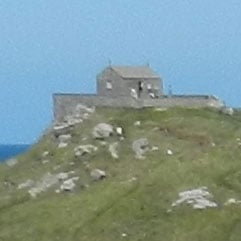 | 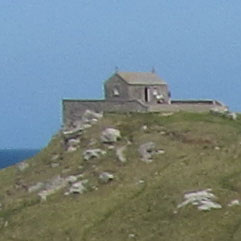 | 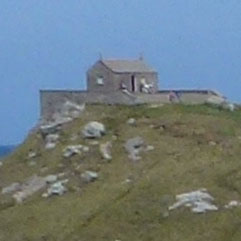 | ||
f7.2, 100 ISO |
f4 100 ISO |
f4, 100 ISO | ||
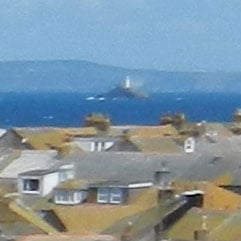 | 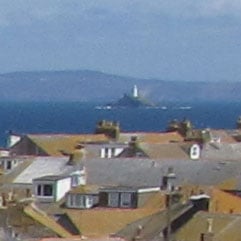 | 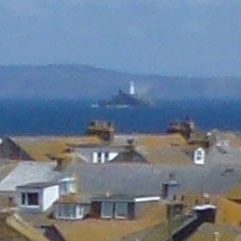 | ||
f7.2, 100 ISO |
f4 100 ISO |
f4, 100 ISO | ||
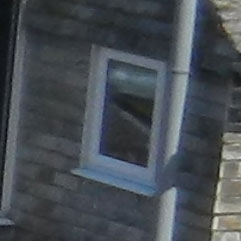 | 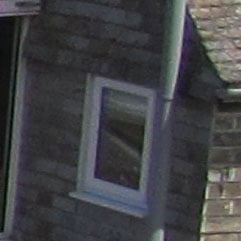 | 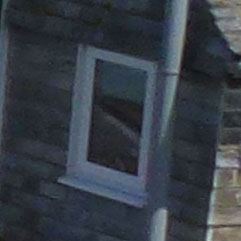 | ||
f7.2, 100 ISO |
f4 100 ISO |
f4, 100 ISO | ||
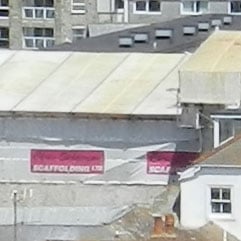 | 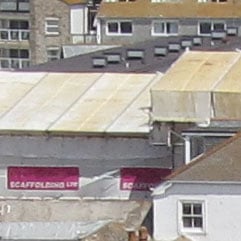 | 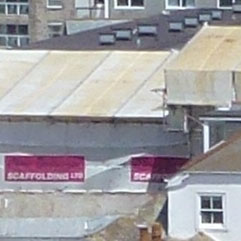 | ||
f7.2, 100 ISO |
f4 100 ISO |
f4, 100 ISO |
Nikon COOLPIX S9100 vs Canon PowerShot SX230 HS vs Panasonic Lumix TZ20 / ZS10 Noise
The above shot was taken with the the Nikon COOLPIX S9100 in Program auto mode. The lens was zoomed in slightly to 5.1mm (29mm equivalent), the sensitivity was set to 160 ISO and the exposure was 1/3 at f3.6. The crops are taken from the area marked with the red square and presented below at 100%. Starting a little off-topic, the COOLPIX S9100’s white balance for these interior low-light shots is a lot warmer than I’m used to seeing, though it’s not unpleasant and I actually prefer it to the slightly cool setting more commonly chosen. Looking at the first of the crops, at 160 ISO the COOLPIX S9100 result is not at all bad, it’s a little soft, but the overall level of detail is good. Moving up to 200 ISO there’s very little difference. The 200 ISO crop is marginally noisier but, even looking closely at these 100 percent crops, there’s not much in it. Of course, moving from 160 to 200 ISO isn’t going to gain you much in terms of exposure either. At 400 ISO you can see a very definite change in the degree of noise and the level of detail in the crop. But although the flat areas are looking much grainier, you can still make out most of the detail in the stone column and the vertical grooves in the wood panelling. There’s a similar change from 400 to 800 ISO. The noise now is pervasive but, although it’s getting in the way of detail, the image doesn’t look unpleasantly processed, there’s an ‘organic’ look to the noise, a little like film grain, which seems visually more acceptable. At 1600 and 3200 ISO the detail is breaking up quite badly, but I’d rather get a shot with this kind of noise than none at all. And noisy, though they are, these crops aren’t beset by other problems, the white balance is still good (still warm) and the exposure is accurate. The COOLPIX S9100’s Night Landscape mode, used handheld, has underexposed the scene slightly though. Despite that, at the automatically selected 400 ISO sensitivity it has produced a result that compares well with the single-shot crops in terms of image detail and is definitely well worth considering as an alternative to a 1600 or 3200 ISO shot. Compared with the Canon PowerShot SX230 HS the COOLPIX S9100 gets off to a great start. It can’t quite match the PowerShot SX230 HS at 100 ISO for clarity and fine detail resolution, but it’s not far off. Step up to 200 ISO and it’s still a close run thing, but again the SX230 HS manages to hang on to that little bit more detail that’s lost in softness on the COOLPIX S9100 crops. It’s much the same story right the way up the sensitivity range, with the Canon PowerShot SX230 HS crops a little grainier than those from the COOLPIX S9100, but also showing more detail. As in the real world resolution crops, where the COOLPIX S9100 lags just a little bit behind the PowerShot SX230 HS, it does better than the Lumix TZ20 / ZS10. It’s the tendency for the Lumix TZ20 / ZS10 processing to cause pixel clumping and compromise image detail that gives the COOLPIX S9100 the edge, even with its base 160 ISO setting competing against the Lumix TZ20 / ZS10’s 100 ISO. The S9100 widens the gap the further up the sensitivity range you go, so much so that the S9100’s 800 ISO crop looks better then the TZ20 / ZS10’s 400 ISO crop. The TZ20 / ZS10’s lack of a 3200 ISO setting is no real drawback given that all three models have a low-light composite mode. The Lumix TZ20 /ZS10’s Handheld Night Shot crop set the same 400 ISO sensitivity as Night Landscape mode on the COOLPIX S9100. The resulting Lumix crop looks softer with less detail than that from the COOLPIX S910, but the exposure is a lot better. Now head over to our Nikon COOLPIX S9100 sample images to see some more real-life shots in a variety of conditions.
|
